The more complex alternative to Sim City goes into the next round, offering an even larger map than its predecessor at 159 square kilometers. In our Cities Skylines 2 tips and tricks, we explain how city building works and how to efficiently manage your population, traffic, and economy.
Table of Contents
1) Start with a small city
Of course, we understand that you want to work towards a sprawling metropolis. And if you have enough hours on your clock, you will succeed. But don’t think too big, think compact and functional. Plan a stable city whose needs and cost structure can be met with the resources you have at the beginning.
Each new development can present you with challenges, and the economy must match the number of inhabitants. The necessary infrastructure must be in place and traffic must be regulated.
2) Divide the city into zones
Residential and industrial buildings shouldn’t be randomly placed next to each other in Cities Skylines 2. Think about zones for each area and divide your city into them. Production processes and anything that causes dirt and noise should be located away from residential areas. This will make logistics easier and your inhabitants happier.
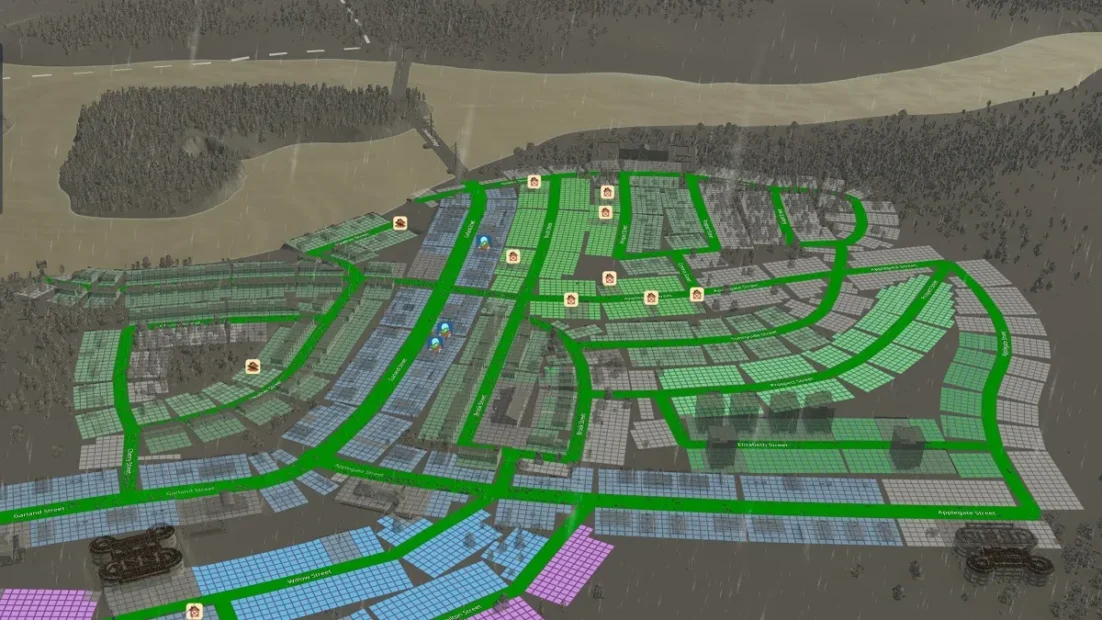
Make sure that schools and universities, as well as hospitals and doctors, are easily accessible. Shops are best placed in densely populated areas to generate as many customers as possible. Offices can either be mixed with residential buildings or concentrated in a separate zone.
3) Think about the needs of your citizens
Your population in Cities Skylines 2 will only grow if your citizens are happy and satisfied. Make sure they have everything they need and aren’t bothered by outside circumstances. This includes making sure there are enough educational opportunities and health care. People also need power and not to be bothered by exhaust fumes or garbage.
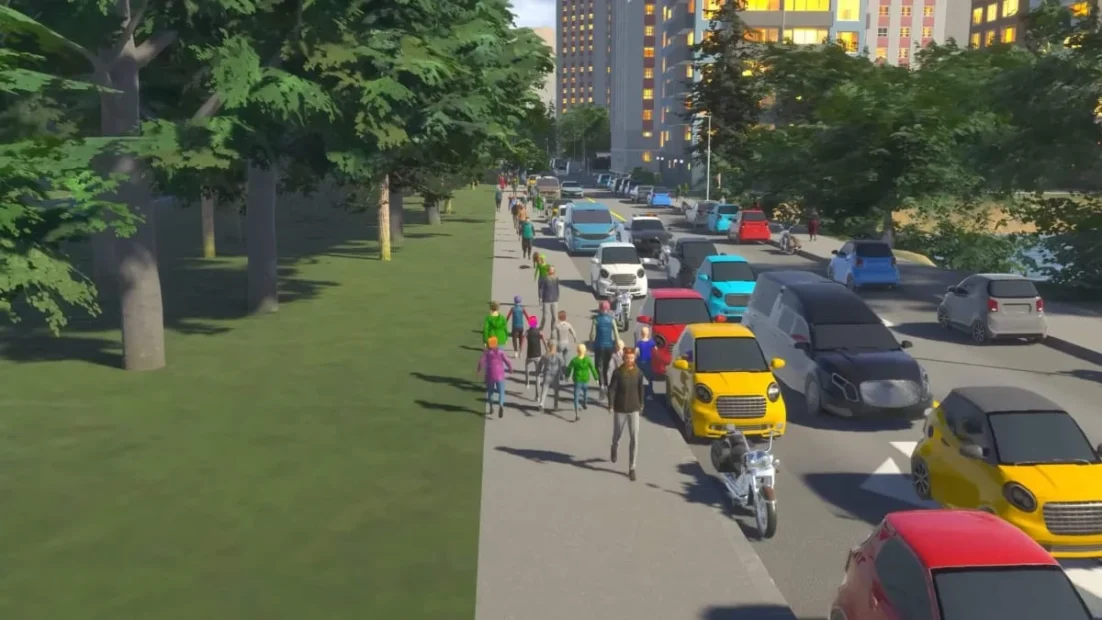
When it comes to fumes, wind direction and speed must be taken into account. Ideally, residential areas should be built on the leeward side so that industrial fumes don’t blow toward them. Police presence is another factor. Your people will want to feel safe in their homes. Keep checking the menu to see what your people want and respond accordingly.
4) Cities Skylines 2 tips: Level the ground
Especially in residential areas, you need to use your terraforming tools before constructing buildings in Cities Skylines 2. If the slopes are too steep, you’ll lose land that can’t be built on. Level everything and make sure you have flat areas. Think carefully about where to place your settlements. Large mountains are best used for observation towers or monuments.
5) Build public transport
Let’s move on to one of our Cities Skylines 2 tips and tricks that will help you kill several birds with one stone. By relying on buses and trains from the start, you give your residents an affordable alternative to cars and increase their satisfaction. At the same time, you’ll be helping the environment by reducing exhaust emissions.
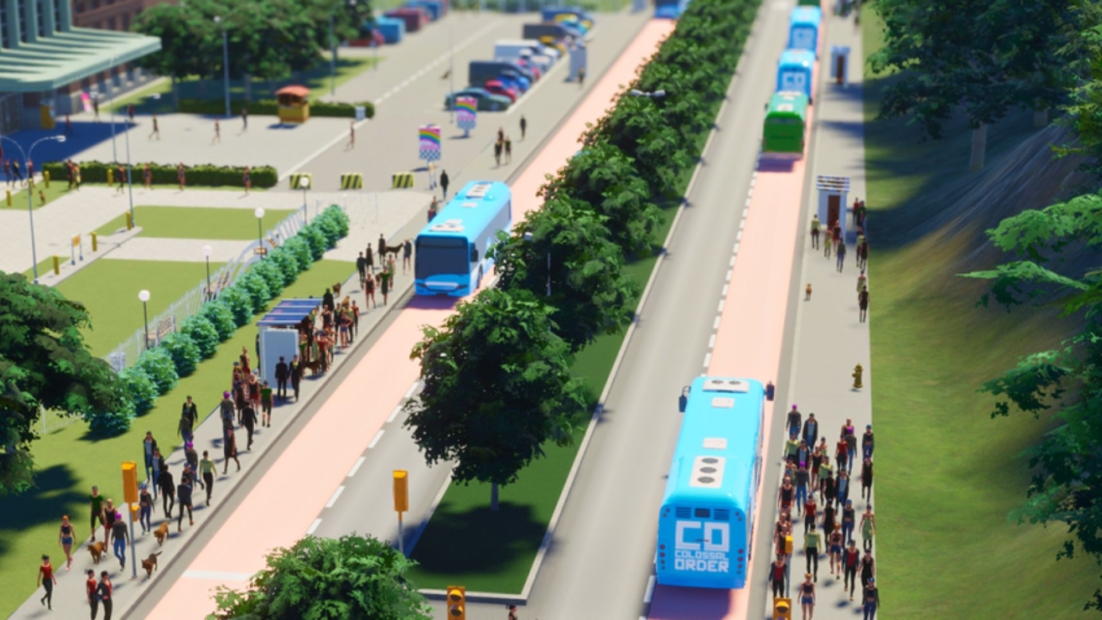
The game rewards you for prioritizing mass transit, building a well-designed rail network, and taking bus traffic into account when building roads. As for the roads themselves, the most important ones should have the fewest intersections.
6) Make your city green
Think not only about roads but also about bike lanes. They improve people’s health and well-being in Cities Skylines 2. They also reduce traffic and provide healthy and environmentally sustainable mobility.
It also makes sense to build parks and green spaces. Citizens can retreat to them to escape the stress of everyday life and become happier as a result. These spaces also improve the cityscape and increase the quality of life.
7) Always leave enough space
Space plays an important role in Cities Skylines 2 on several levels. On the one hand, there should be enough space between the individual zones so that they can expand without negatively affecting each other. On the other hand, later expansion within the zones must be taken into account. This is especially true for service buildings.
In the course of the game, you’ll not only unlock milestones but also the possibility to use upgrades. However, these will increase the amount of space required for each building. You’ll want to plan for enough space so that you don’t have to tear down and rebuild.
8) Cities Skylines 2 tips: Expand your infrastructure
For your city to function, you need many well-designed and interconnected systems. For one thing, houses need water and sewer systems. Keep in mind that bridges don’t automatically come with the appropriate pipes. You have to install them manually in Cities Skylines 2. Buildings also need to be connected to traffic and power.
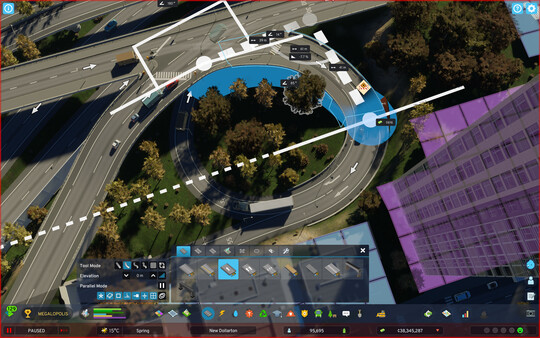
To avoid traffic jams, so that people can get to work and goods can move smoothly, use roundabouts, place traffic lights, and plan one-way streets. Consider peak times and reschedule if you see problem areas developing. Prevent accidents by designing crosswalks.
9) Move power lines underground
Cities Skylines 2 may be a construction game but don’t take it too literally. Lay both low and high-voltage power lines underground to save space. The same goes for water and sewer lines. To put a pipe underground, move the height to the negative area in the construction menu on the left.
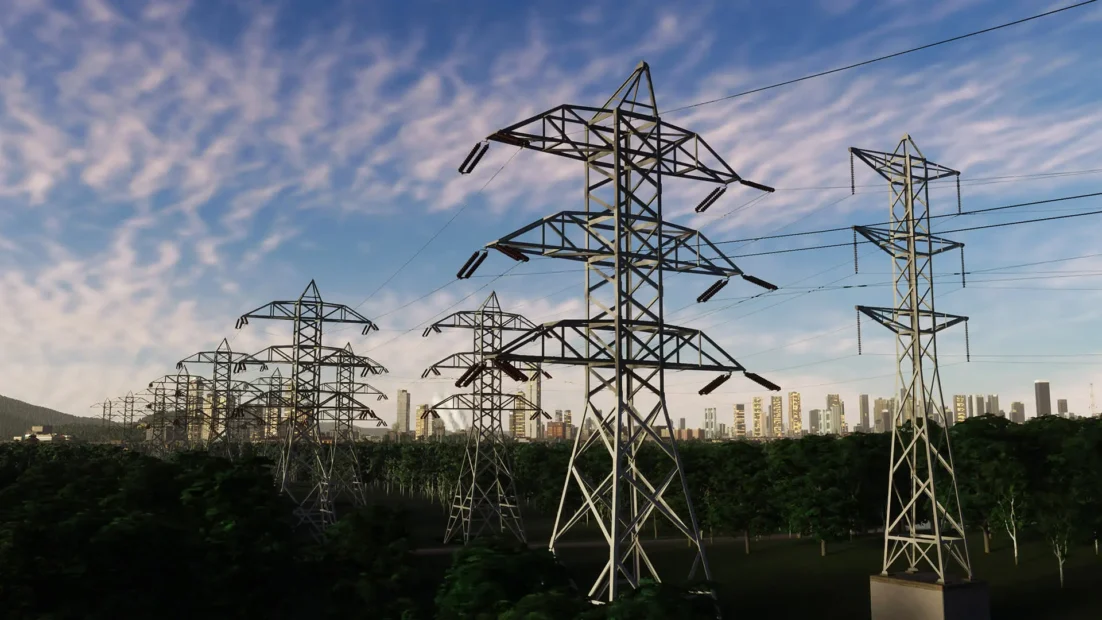
But use different depths. After all, you don’t want your electricity or water supply colliding with the subway.
10) Be prepared for natural disasters
Natural disasters can quickly ruin a positive gaming experience. Paradox Interactive is committed to realism in their new game. This includes not only the day/night cycle and normal weather phenomena, but also serious events such as tornadoes, hailstorms, earthquakes, fires, and floods.
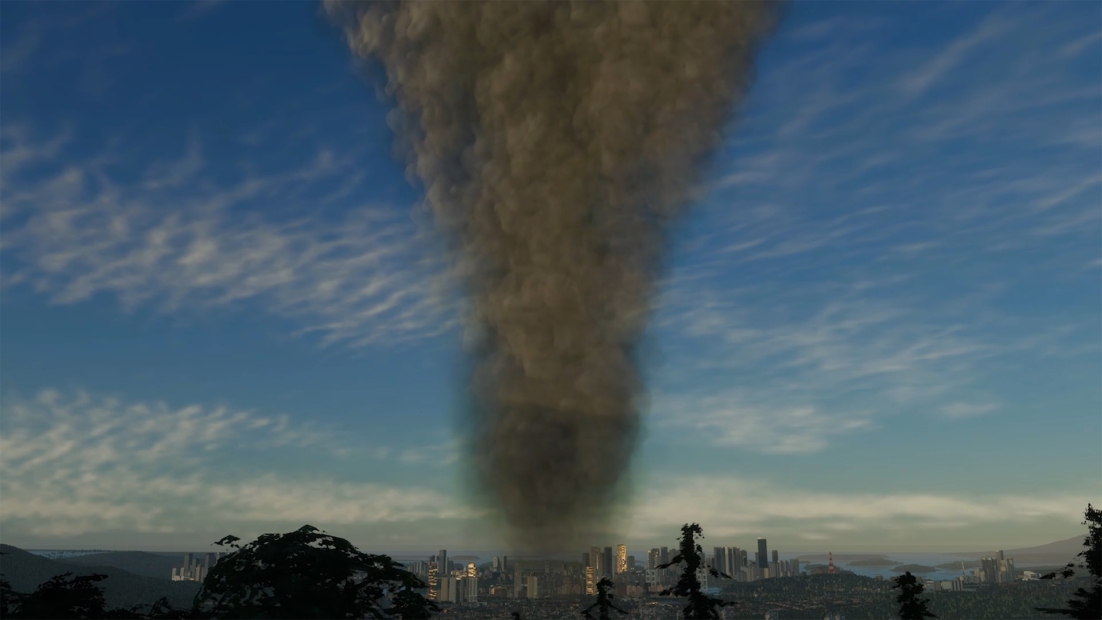
To prevent these from destroying your town and ending your session, you must be well prepared. Plan evacuation routes, build fire stations, and ensure a stable healthcare system in the event of an emergency. Injured people will need to be transported to hospitals, and the police will be there to maintain public order.
11) Energy and services tips
To bring additional money into the city’s coffers, it’s possible to take care of the water supply for your neighboring cities. Sewage treatment can also be exported. This creates a passive income that will stay with you permanently once you’ve established it.
When it comes to energy, you’ll be most efficient if you rely on clean sources. Build solar panels and wind turbines. As with industrial emissions, it’s important to consider the strength and direction of the wind to make them as efficient as possible. If your citizens are supplied with green electricity, you can raise the tax rates a bit. This makes sustainable production even more attractive and increases your budget.
Build a thriving metropolis with PLITCH!
With our Cities Skylines 2 tips and tricks, you’ll be able to build a growing and functioning society. PLITCH’s Cities Skylines 2 cheats will help you build your dream city even faster and create an impressive metropolis.

With our single-player trainer, you can unlock all population milestones and increase your experience points at the touch of a button. Change your financial power to make the game easier or more challenging. You can also adjust your city’s development points. There are no limits to your creativity.
Check out our video to see our cheats in-game and this blog to learn more about PLITCH.
Happy Gaming!